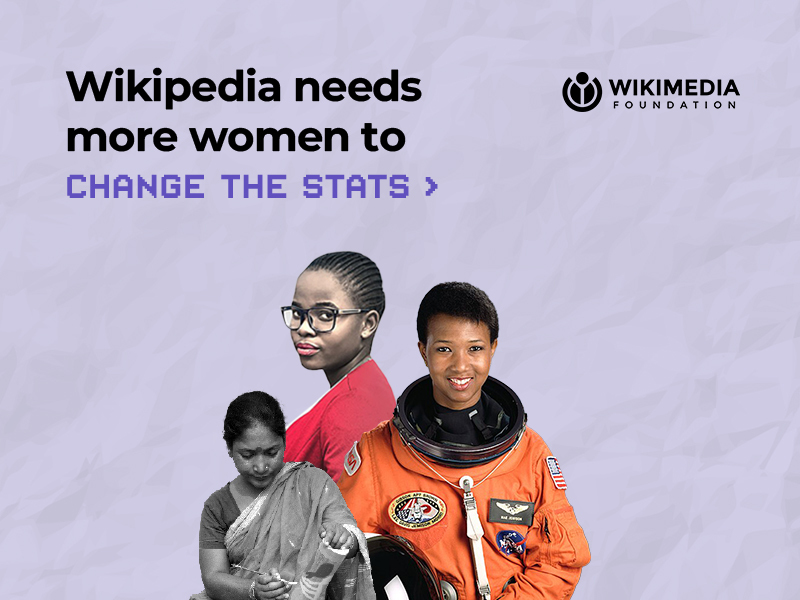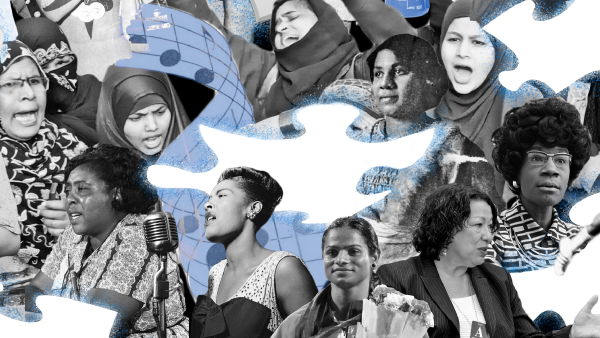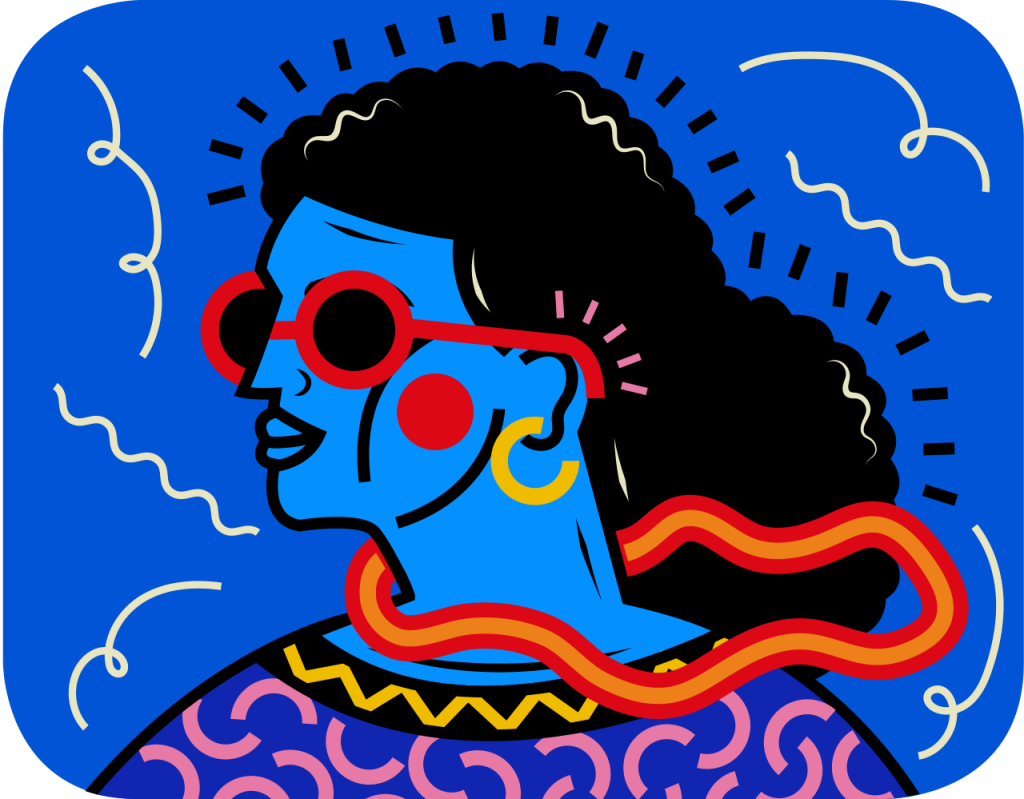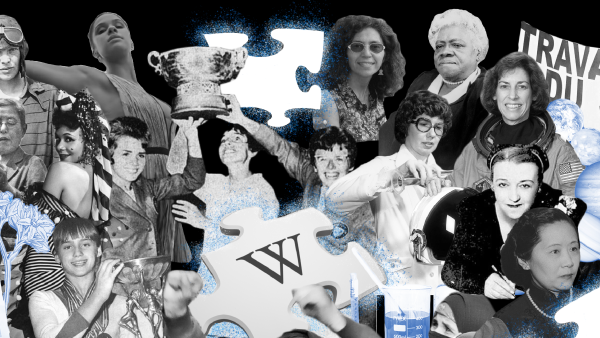In 1915, Alice Ball, an African American chemist, developed the most effective treatment for leprosy the world had ever seen. For years, her discovery was dubbed the “Dean Method,” after chemistry professor Arthur L. Dean, who had worked with Ball and took credit for her work following her untimely death in 1916.
Ball is one of countless women written out of history — whose accomplishments and discoveries were either forgotten, appropriated, or excluded. This erasure is even more pronounced for Black, Indigenous, and women of color.
As we celebrate the achievements of women like Ball, whose contributions are finally being recognized, we must also acknowledge that our history is still incomplete. Even now, coverage of women’s issues and perspectives is marginalized and excluded.
For years, the Wikimedia Foundation, the nonprofit organization that hosts Wikipedia, has been raising awareness about gender gaps. Wikipedia is one of the world’s largest and most comprehensive knowledge and educational resources. Its 62 million, and counting, articles are viewed 15 billion times each month.
Wikipedia’s importance has only increased in today’s world of generative AI. Almost every Large Language Model, including those that drive tools like ChatGPT, relies on Wikipedia data as their primary source for training.
Wikipedia must represent all the world’s people and knowledge because of how much people use it. Despite its widespread global reach, however, Wikipedia lacks the participation and perspectives of about half the world’s population. The truth is that Wikipedia needs more women.
Understanding gender gaps on Wikipedia
To truly reflect the complexity and richness of the human experience, it is essential that Wikipedia actively engages and includes more content about and contributions from women — cis, transgender, and non-binary — from around the world.
While there’s been some progress in closing gender equity gaps, today, only 19% of the biographies on Wikipedia are about women. That means out of the almost two million biographies, less than 400,000 of them are about women. Similarly, while nearly half (49%) of Wikipedia’s readers are women, only 13% of active editors on Wikimedia projects identify as women.
Wikipedia depends on the availability of existing published sources to verify the facts in its articles. But, because women have been left out of historical narratives and traditional sources of knowledge, many of these knowledge gaps are present on Wikipedia. That means women remain significantly underrepresented — an issue that many publications and organizations, including the Wikimedia Foundation, are trying to address.
So, how are we closing the gaps and changing the stats?
For many years, the Wikimedia Foundation and a global community of volunteers (known as the Wikimedia movement) have been making efforts to enhance women-related content and increase the participation of women on Wikipedia and beyond. Here are just a few of my favorite examples of this work happening worldwide and the people who make it possible…
- Nitesh Gill, a volunteer administrator on the Punjabi language edition of Wikipedia, has created 1,000 new articles about notable women, including late Congress leader Sukhbans Kaur Bhinder, the only woman in the country to become a Member of Parliament (MP) six times, and Man Kaur, the 105-year-old track-and-field athlete.
- In Nigeria, grandmother and proud librarian Dr. Nkem Osuigwe has trained 300 fellow African librarians on how to contribute to Wikipedia.
- Since 2014, the organization Art+Feminism has hosted more than 1,500 events around the world, engaging over 20,000 people in editing Wikipedia to close gender gaps.
These and many other efforts are helping to move the needle. Since 2010, for example, the percentage of Wikipedia editors who identify as women has grown from 10 to 20 percent today. Over the same period, the percentage of women’s biographies on Wikipedia grew from about 10 to 19 percent.
While we celebrate this progress, we know there is much more work to be done. And we need your help to do it!
How can you help to close gender gaps?
This month, we invite you to participate in the “Wikipedia Needs More Women” campaign. This new campaign, launched by the Wikimedia Foundation in honor of International Women’s Day and Women’s History Month, is open to everyone, everywhere to help improve gender equity on Wikipedia and beyond.
- Join an event for Women’s History Month and Celebrate Women. Every year in March, Wikimedia volunteers around the globe get together in person and virtually to edit women’s content onto Wikimedia projects. Celebrate Women is a volunteer-led campaign that is open to all, beginner and experienced editors. Visit their webpage to find everything, from events happening near you to helpful resources, and how to get started.
- Improve a Wikipedia article by adding a citation or expanding an article about a notable woman.
- Join your local community of Wikipedia volunteers.
- Share how you are helping to #ChangeTheStats on social media, and follow and tag us on Facebook, Twitter/X, LinkedIn, and Instagram.
Thank you in advance for joining us. Together, we can close gaps, #ChangeTheStats, and make the internet a more equitable place.
Anusha Alikhan is Chief Communications Officer at the Wikimedia Foundation, where she leads strategy to advance understanding of Wikimedia projects, and the Foundation’s values and social good mission, across external, internal and community audiences. Additionally, Anusha is a writer and speaker on topics related to diversity, equity and inclusion in the nonprofit sector. You can follow her at @AnushaA100.




